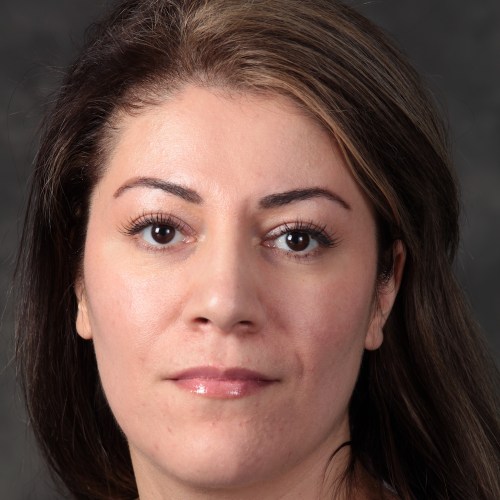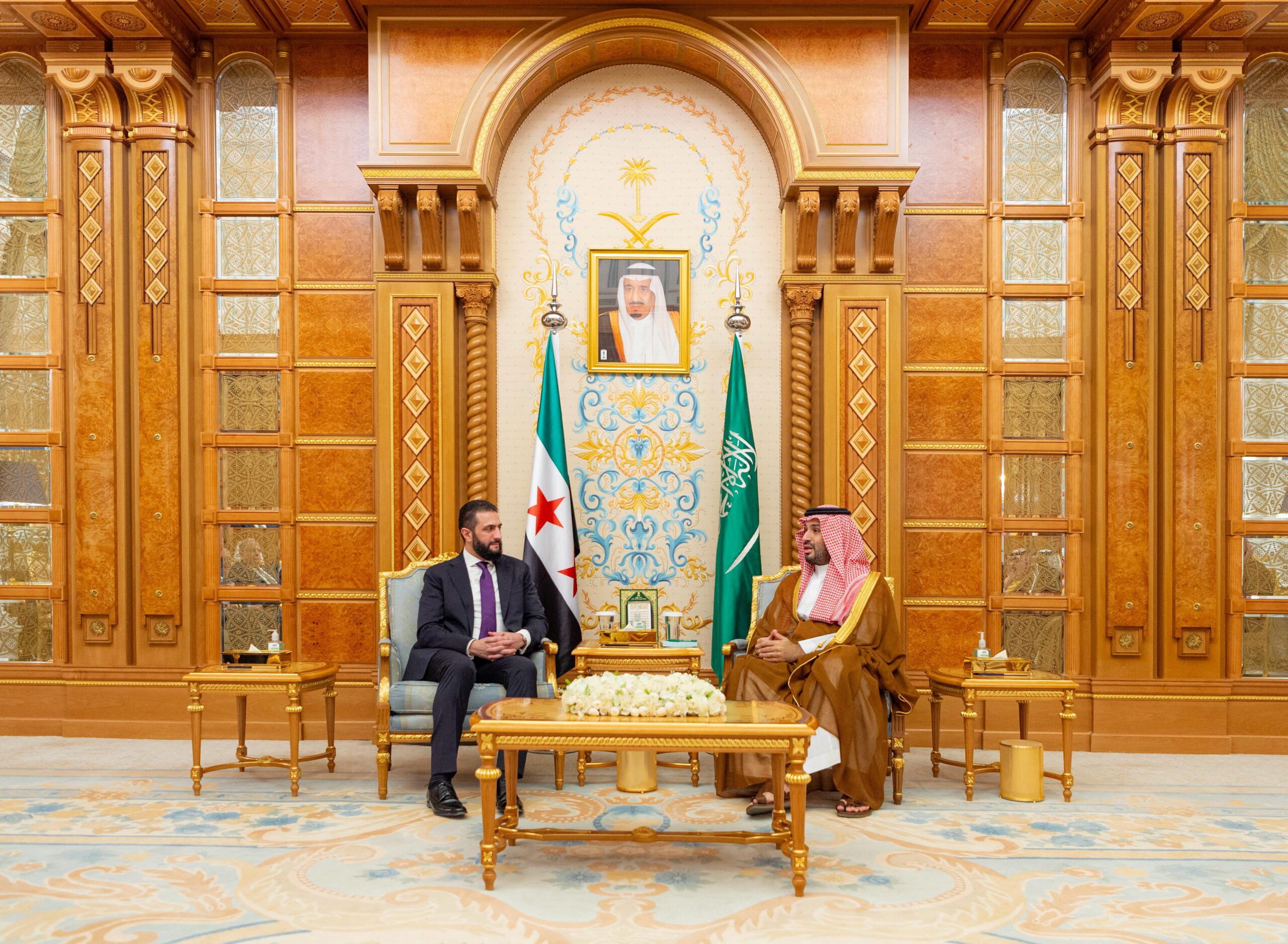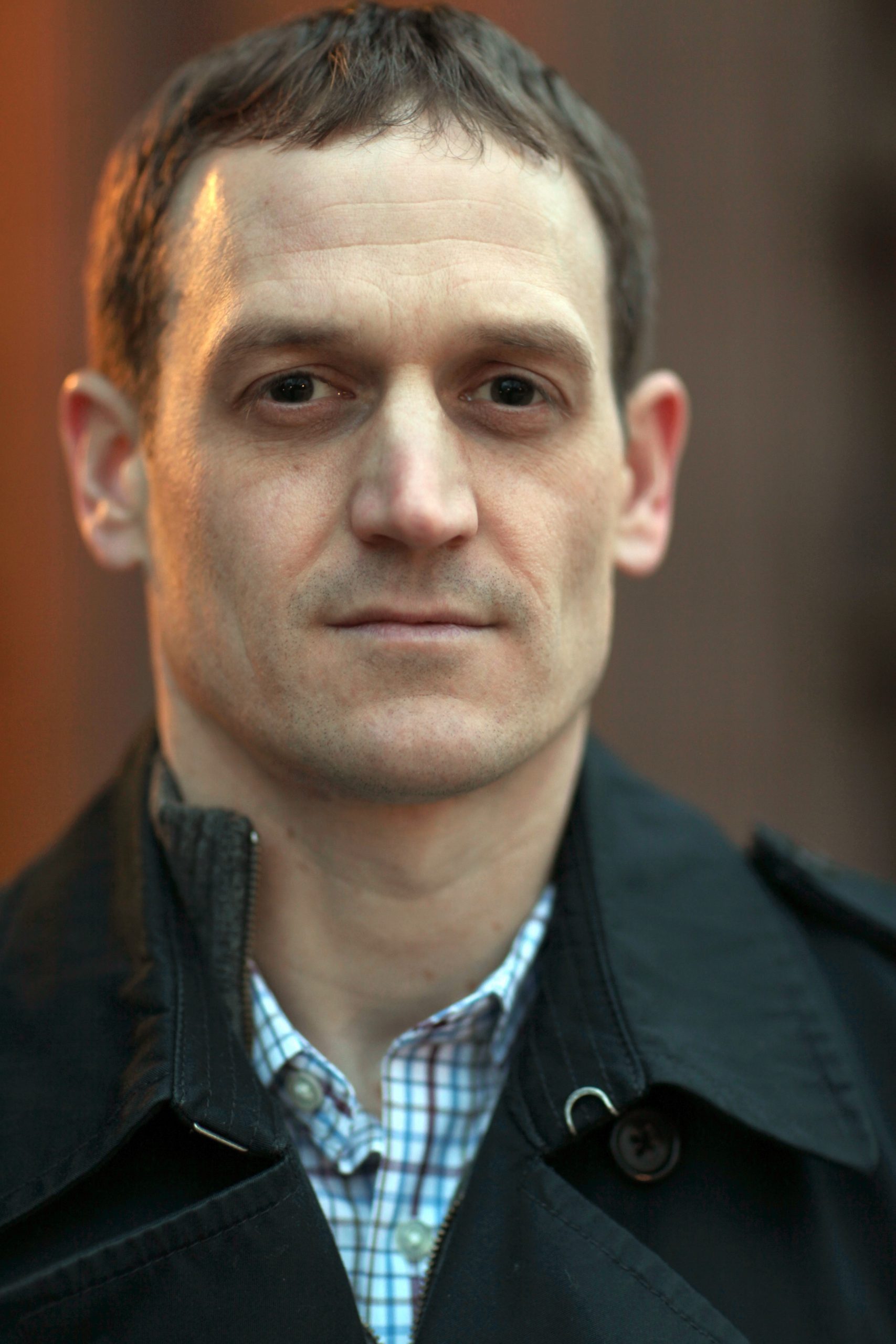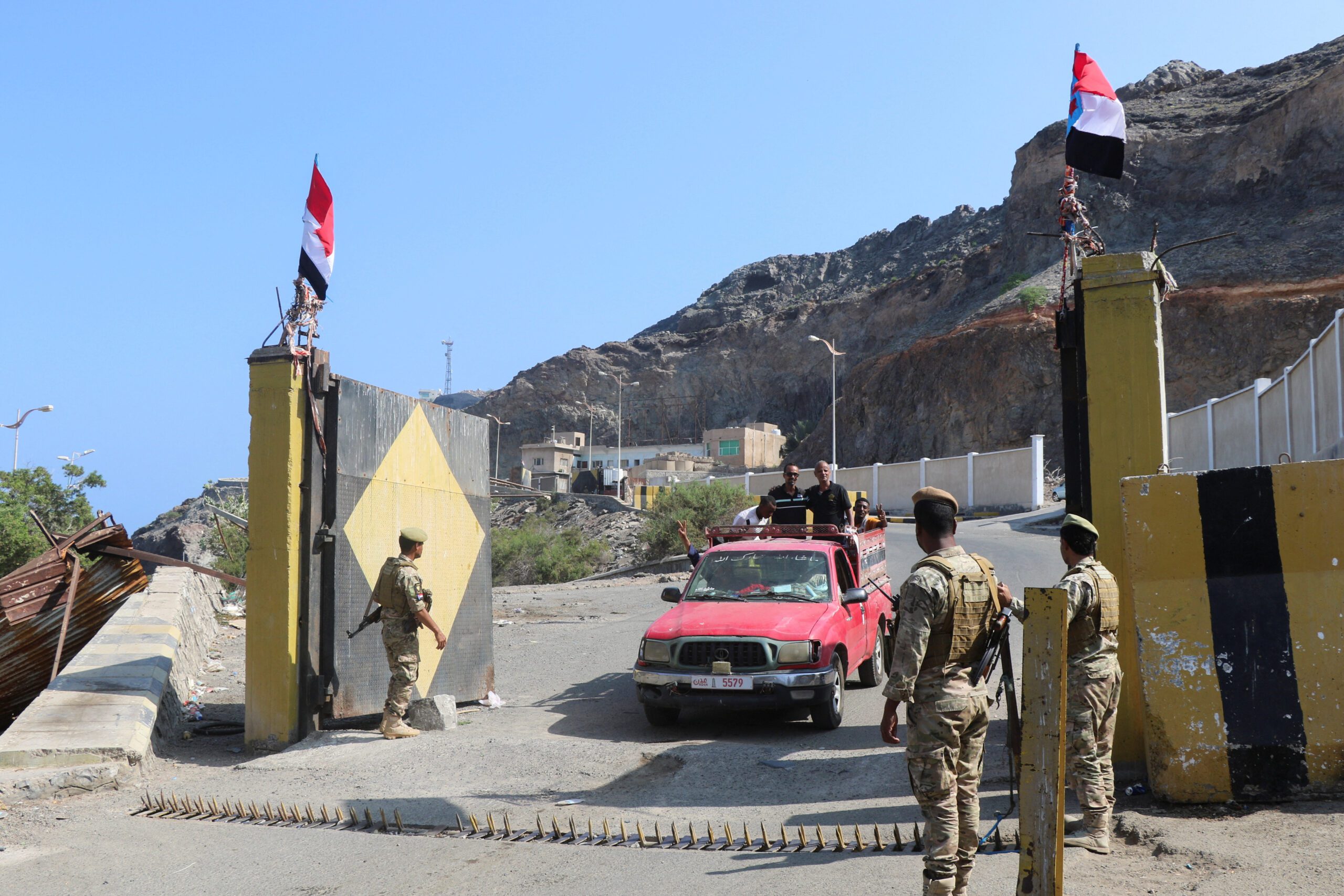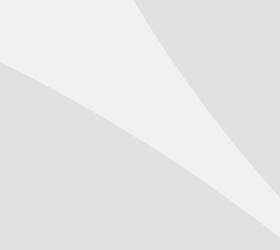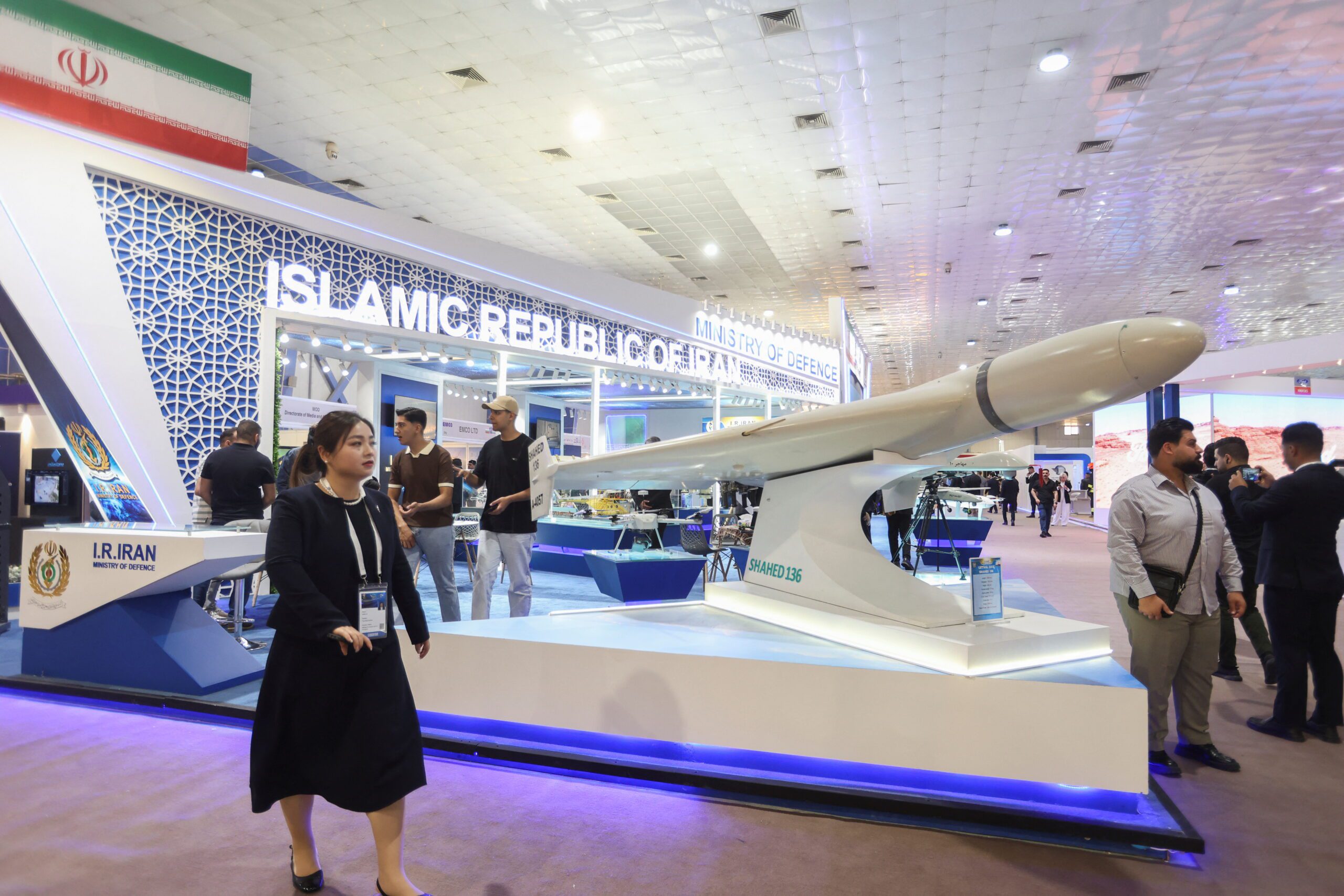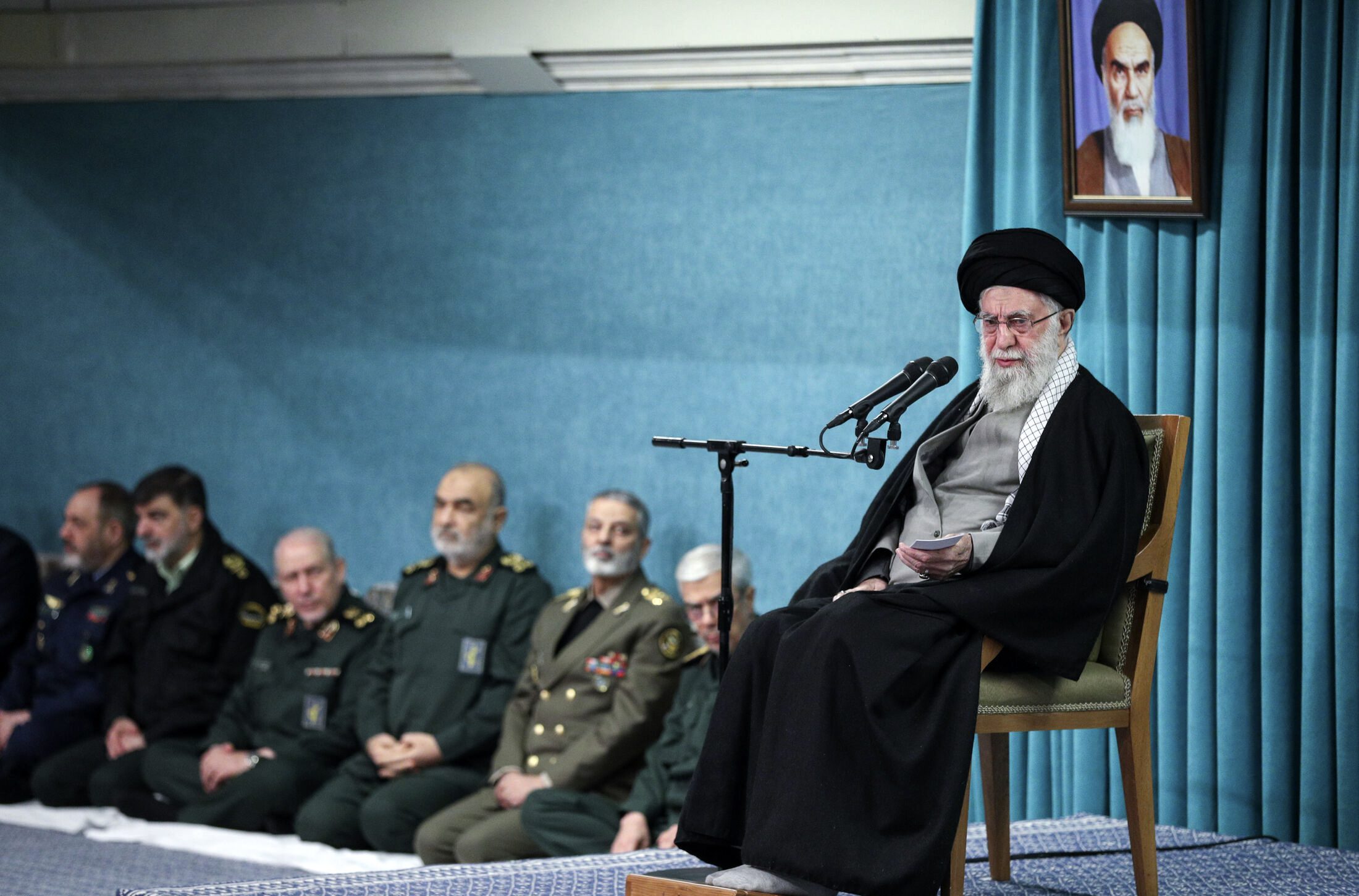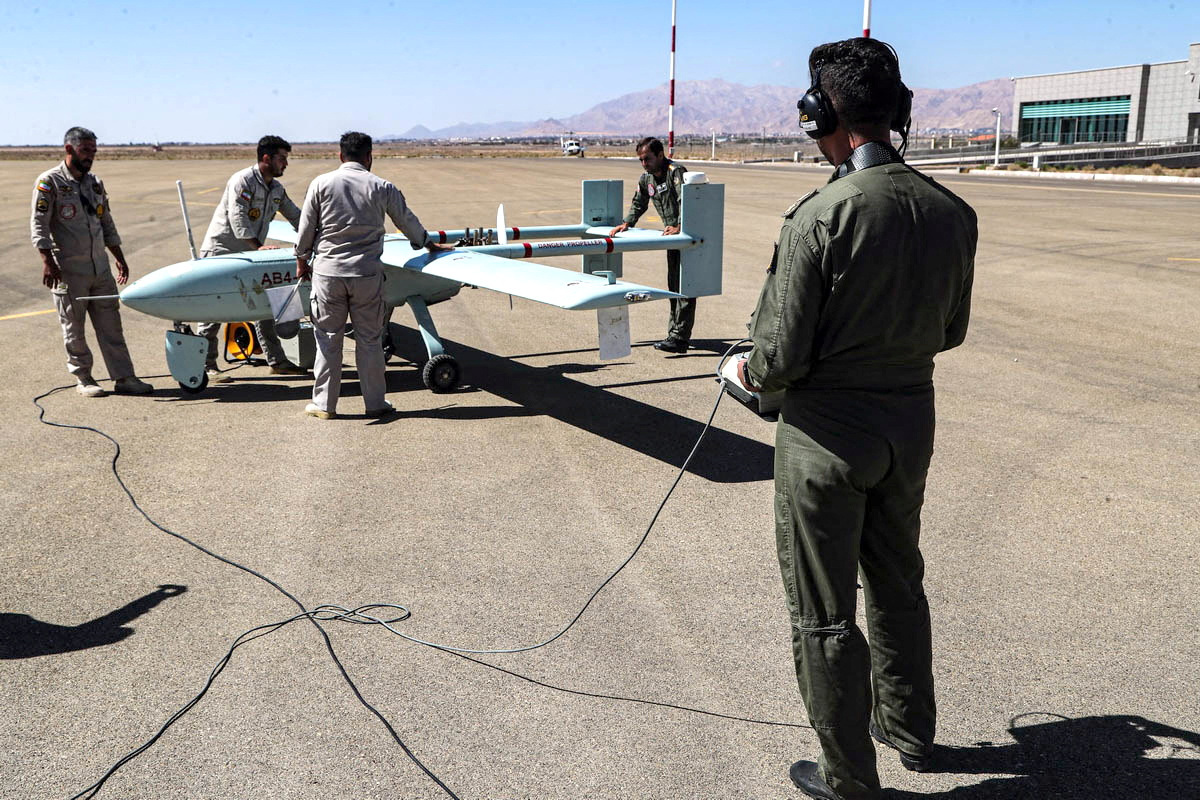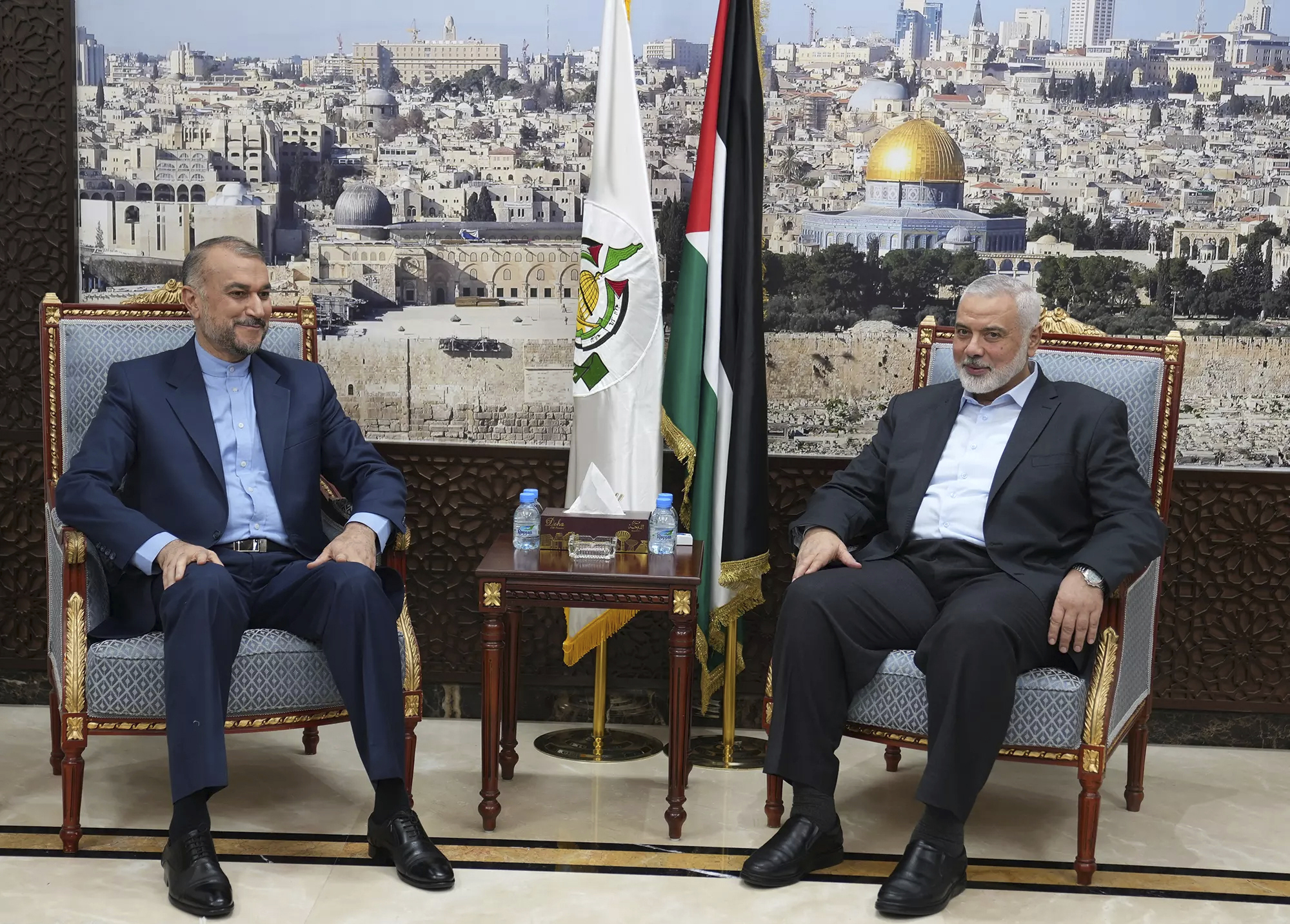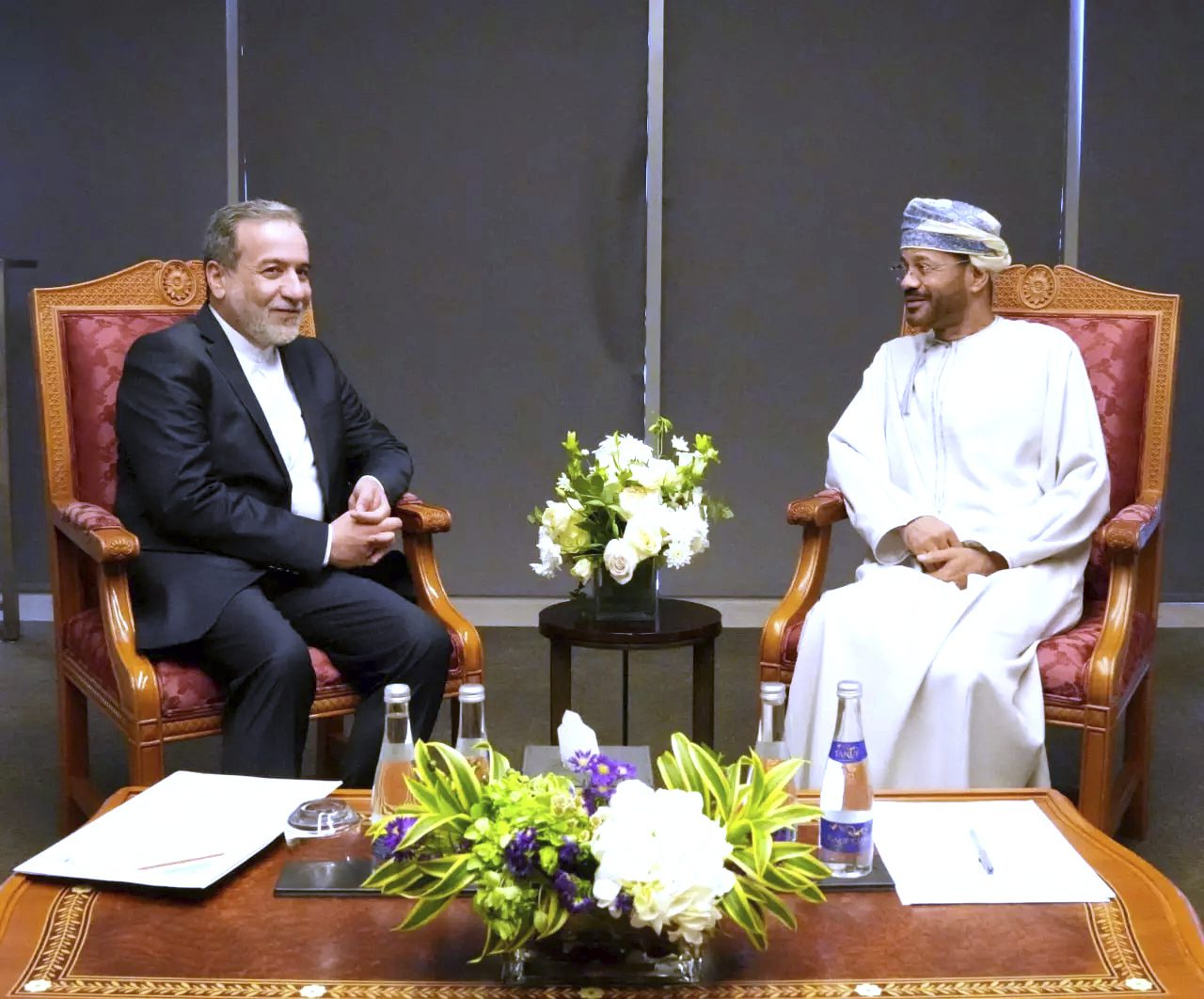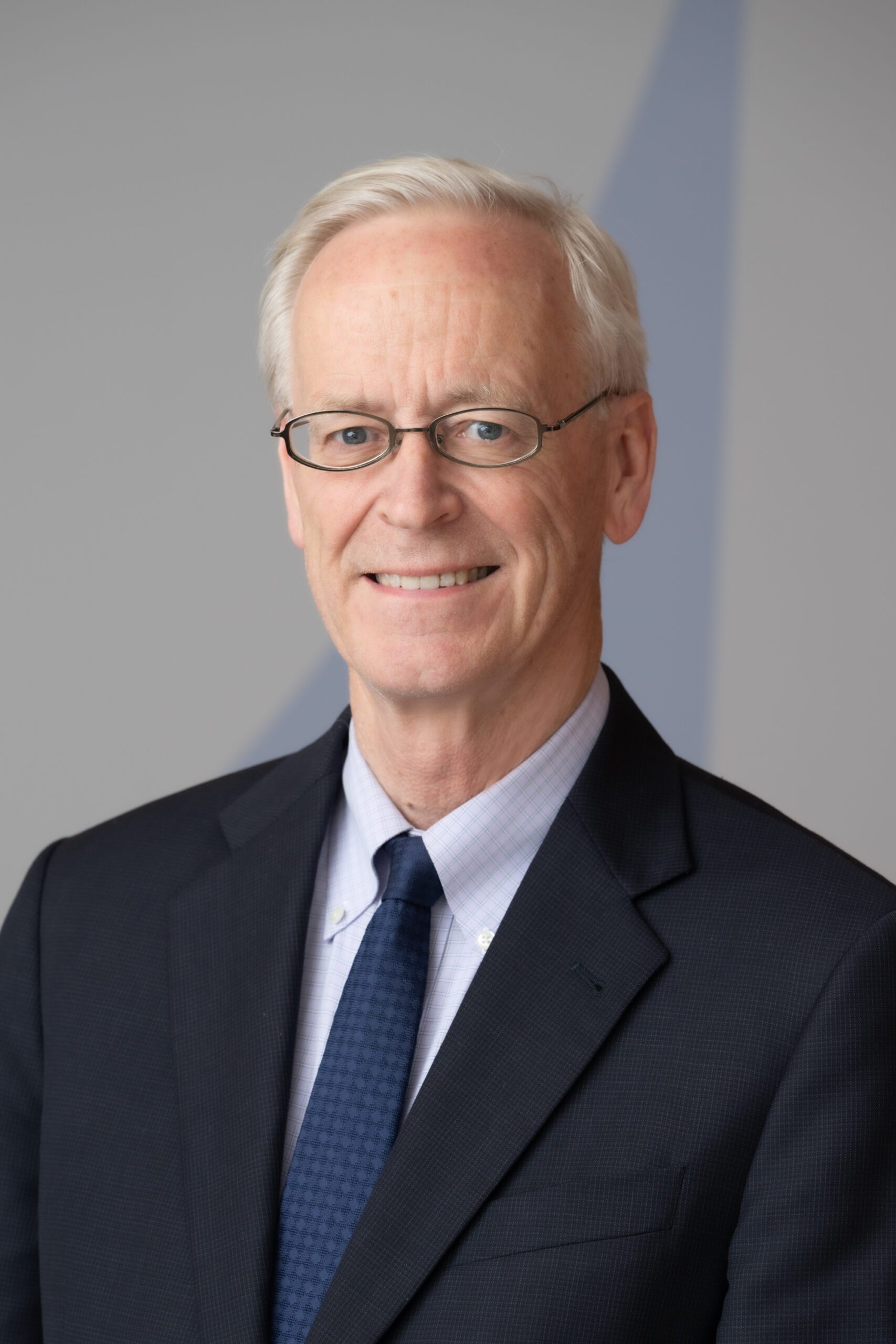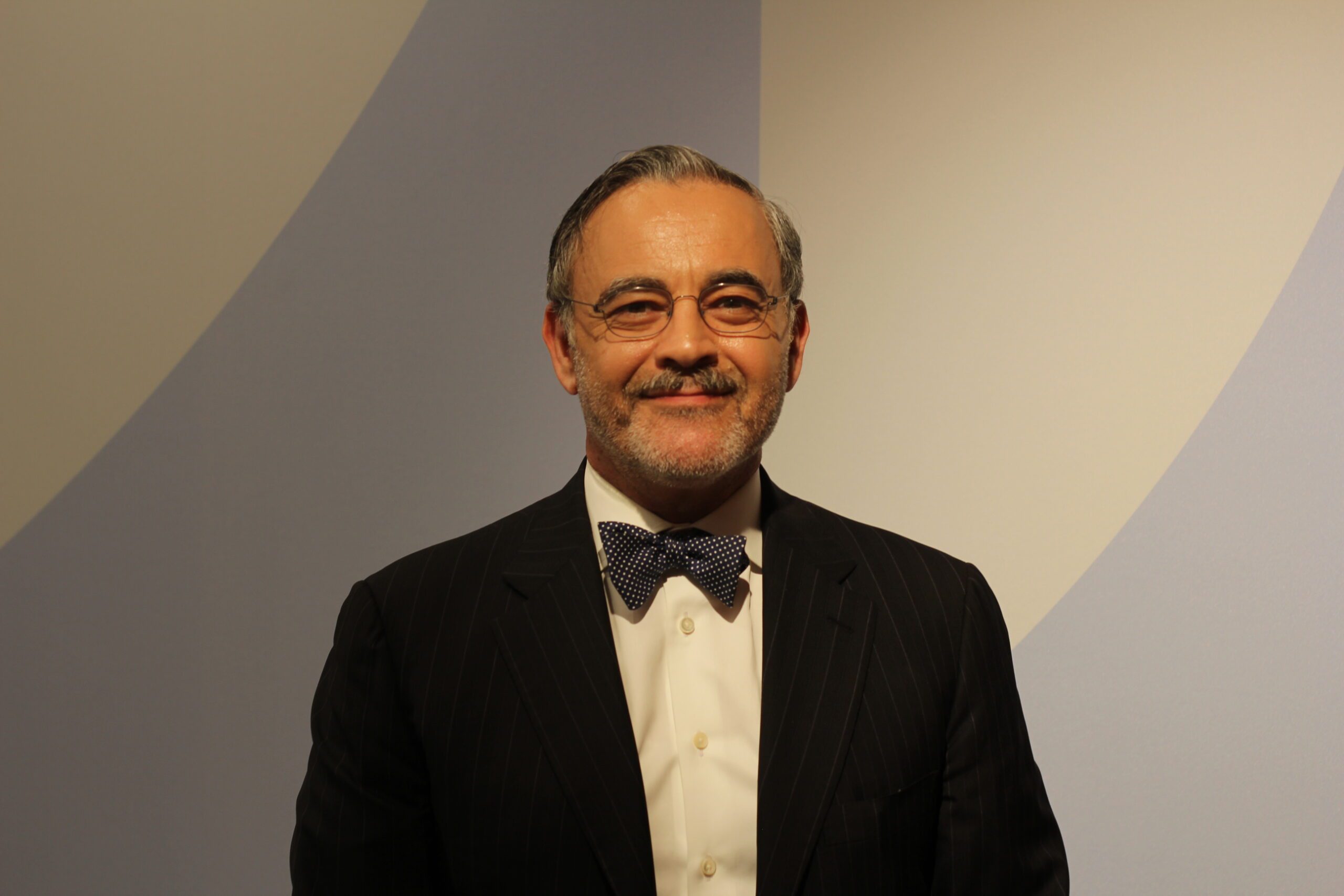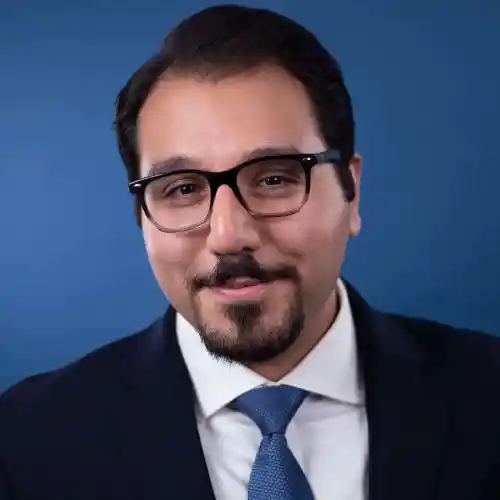Nepotism, Corruption, and Fraud: Business as Usual among Iran’s Political Elite
As economic conditions in Iran have begun to deteriorate again over the past months, public debate over corruption as one of the key factors behind the economic decline has intensified. Local newspapers, social media, and even government-sponsored broadcasting networks have been covering economic issues more closely. There has been a major shift among the Iranian...
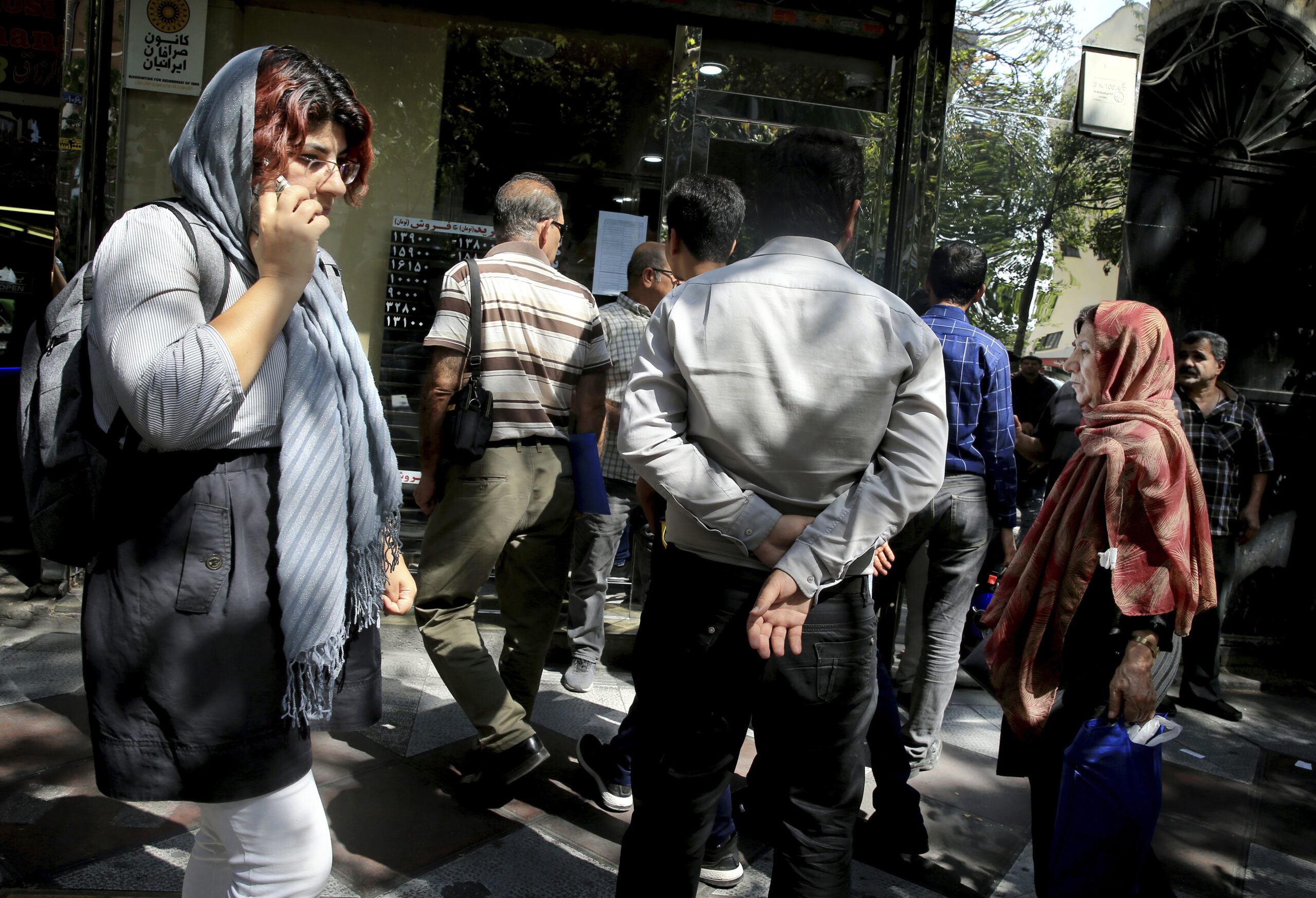
As economic conditions in Iran have begun to deteriorate again over the past months, public debate over corruption as one of the key factors behind the economic decline has intensified. Local newspapers, social media, and even government-sponsored broadcasting networks have been covering economic issues more closely. There has been a major shift among the Iranian public from attributing all blame to the West, including the reimposition of U.S. economic sanctions, toward acknowledging some of the domestic causes of the decline of the economy, such as corruption and economic mismanagement. Open debate suggesting corruption is a root cause of Iran’s economic deterioration is circulating rapidly on digital and social media.
Freedom of speech has been constantly under threat in Iran, but the establishment has shown surprisingly high tolerance for public scrutiny when it comes to corruption. Numerous corruption scandals in recent years have involved current and former senior figures and their close family members. Corruption stories are being extensively covered by local newspapers, government-sponsored or satellite television channels, social media, and online news platforms inside and outside of Iran. So far, there has not been a crackdown on the journalists who have been covering such scandals, although an Iranian member of parliament, Mahmoud Sadeghi, came under pressure for demanding transparency about the financial activities of Sadeq Larijani, the head of the judiciary and a close ally of the Iranian supreme leader. The judicial authorities attempted to arrest Sadeghi despite his legislative immunity because he questioned why Larijani had 63 personal bank accounts. Larijani allegedly held government bank deposits in his personal accounts that generated billions of rials in interest.
The Islamic Republic has been historically sensitive about any form of public debate and civil or political activism that questions its legitimacy. However, it has taken a moderate approach toward the debate around corruption. This is partly because the establishment perceives the open debates about corruption as an effective way for the public to vent their anger and frustration relatively harmlessly. In addition, Iranian politicians have frequently used charges of corruption to put pressure on their rivals. Therefore, different political interest groups are keen to maintain a fairly open space for corruption debate as they all can use that to their own advantage.
The short-term response from the establishment to the corruption cases has been relatively quick. Each scandal is often followed by a statement from a senior political figure condemning corruption and requesting harsh punishments for those involved in the scandals. President Hassan Rouhani has recently said that he has not made a “fraternity promise” to the corrupt elite, and announced that his government has launched new measures to fight corruption. In August, Grand Ayatollah Naser Makarem Shirazi also issued a statement in which he highlighted widespread social dissatisfaction caused by economic pressure and corruption, echoing the concerns of his followers and demanding a firm and fast response from the judiciary to put an end to it.
Despite such strong-worded reactions, it is not clear the establishment has taken any action to prevent corruption or punish the senior figures allegedly involved in corrupt activities. For example, one of the biggest financial scandals in recent years was in Iran’s Social Security Organization, which concluded with only one person receiving punishment. In March 2012, former President Mahmoud Ahmadinejad appointed Saeed Mortazavi, Tehran’s former prosecutor general, as head of the organization. Shortly after Rouhani’s election as president in 2013, a corruption case was launched to investigate the fraudulent activities of the organization that involved various senior officials including some members of parliament. The investigation revealed 37 cases of bribery and illegal handouts that distributed well over a billion rials from the organization’s internal budget to 37 members of parliament as gifts. The one person ultimately found guilty, and even then only in relation to a limited number of charges, was Mortazavi, who was sentenced to 135 lashes. This punishment appears to be lenient when compared with sentences administered in comparable cases in the recent history of the Islamic Republic, and there is no evidence that it was in fact carried out.
The recent cases show that the corruption is deeply rooted across different political factions in Iran. There have been various stories involving reformist, conservative, and moderate political figures. Rouhani, who frequently promised transparency and criticized his predecessor for corrupt activities, has also been criticized for nepotism as stories were published about the corruption of his brother, Hossein Fereydoun. Fereydoun is a senior diplomat and special advisor to the president and was Rouhani’s special envoy during the nuclear negotiations. He was arrested in connection with financial crimes in the foreign exchange market. He was released a day after his arrest and paid $9.3 million in bail.
In addition to scandals about fraudulent financial activities of Iran’s senior politicians, a number of stories have emerged about the lavish lifestyle of children of Iran’s current or former senior political figures. Many of the stories are seen widely on Instagram, one of the few social media platforms that has not been banned in Iran. The great-granddaughters of the founder of the Islamic Republic, Grand Ayatollah Ruhollah Khomeini, were shown on Instagram carrying extravagant accessories and the son of a former Iranian ambassador has been posting images of his lavish and Westernized lifestyle. Both stories created a huge outcry. The latter was extensively covered by national TV programs and across social media. It provoked such harsh criticism that the former ambassador publicly denounced his son. Such stories suggest that the Islamic Republic may be approaching an existential crisis, where its core values such as adopting a simple lifestyle and observing Islam strictly are widely promoted by the establishment but not necessarily followed by the elite. The hypocrisy of the elite that has become apparent through these scandals has prompted widespread public anger in Iran.
Iran is on the brink of a serious economic crisis, triggered by a combination of structural economic problems, ill-advised policy application, corruption, and the renewal of international sanctions. Further economic deterioration is likely to prompt harsher public reactions against the corrupt political elite as U.S.-led economic sanctions are no longer seen as the only reason for Iran’s economic woes. Public anger is brewing as the gap between the rich and the poor widens. Such a strong sense of anger and frustration among Iranians may mobilize people to take to the streets across the country, prompting the usual harsh government response. Unless there is some form of speedy economic solution, Iran is heading toward social instability.
The views represented herein are the author's or speaker's own and do not necessarily reflect the views of AGSI, its staff, or its board of directors.
